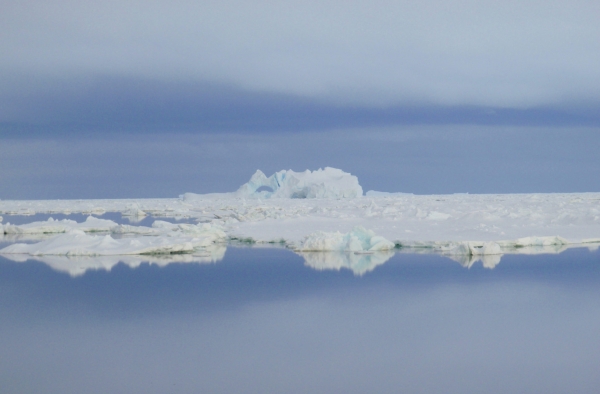A new study by scientists Kaitlin Naughten and Paul Holland from British Antarctic Survey (BAS) provides the first evidence that rising greenhouse gases have a long-term warming effect on the Amundsen Sea in West Antarctica.
Ice loss from the West Antarctic Ice Sheet in the Amundsen Sea is one of the fastest growing and most concerning contributions to global sea-level rise. If the West Antarctic Ice Sheet were to melt, global sea levels could rise by up to three metres. The patterns of ice loss suggest that the ocean may have been warming in the Amundsen Sea over the past one hundred years, but scientific observations of the region only began in 1994.
In the study – published in the journal Geophysical Research Letters – oceanographers used advanced computer modelling to simulate the response of the ocean to a range of possible changes in the atmosphere between 1920-2013.
The simulations show the Amundsen Sea generally became warmer over the century. This warming corresponds with simulated trends in wind patterns in the region which increase temperatures by driving warm water currents towards and beneath the ice. Rising greenhouse gases are known to make these wind patterns more likely, and so the trend in winds is thought to be caused in part by human activity.
Read more at: British Antarctic Survey
Icebergs in the Amundsen Sea. (Photo Credit: Pierre Dutrieux @ British Antarctic Survey)


